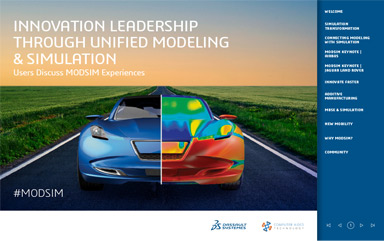Fortify and Rogers Corporation Partner to Develop 3D Printed Dielectric Material Systems
The partnership allows both companies to leverage their areas of expertise to unlock scalable manufacturing of high-value RF components.
May 28, 2021
Fortify, a Boston-based 3D printing startup, and Rogers Corporation have set up a partnership to enable additive manufacturing of low-loss dielectric materials for radio frequency (RF) devices and electronics.
The partnership allows both companies to leverage their areas of expertise to unlock scalable manufacturing of high-value RF components. Rogers Corporation’s market dominance in low-loss, high frequency materials combined with Fortify’s advanced composite processing capabilities enables customers to efficiently design and print precision substrates, Luneberg-like Gradient Refractive Index lenses and end-use components. Fortify’s Continuous Kinetic Mixing (CKMTM) powered DLP platform enables high-throughput production of fine-featured parts out of heavily loaded materials.
“As our world becomes increasingly connected, so does the need for faster and higher capacity wireless connections,” Trevor Polidore, new product development group leader at Rogers Corporation, says. “Partnering with Fortify will allow Rogers to deliver a complete solution for the manufacturing of 3D-printed dielectric components, enabling our customers to create the next generation of wireless systems.”
“The photopolymers available today are an order of magnitude more lossy than thermoplastics, yet 3D printing complex parts at scale out of thermoplastics is time consuming.” Phil Lambert, sr. applications engineer at Fortify, says. “With the right low-loss material systems from Rogers combined with Fortify’s printers, we can offer a solution that provides excellent feature resolution, great RF properties, and high throughput capabilities for end-use parts.
While traditional DLP platforms struggle to print highly viscous materials, CKM technology employed on all Fortify Flux Series printers allow for the processing of advanced materials, such as Rogers’ low loss materials, while maintaining material quality and consistency throughout the manufacturing process.
“With Rogers, we are positioned to commercialize the first scalable, low-loss 3D printed RF dielectric materials,” Josh Martin, CEO and cofounder of Fortify, says. “This partnership is a great example of how innovative materials and technology companies can come together and provide a differentiated value proposition to a rapidly growing market. Fortify has a scalable way of manufacturing continuously varying dielectric material, which is a game changer for the scanning beam antenna market (5G, surveillance, remote sensing, and security).”
Applications of this new technology include passive lens devices that augment gain and directivity for single or multi feed systems found in RF sensing and SATCOM On-The-Move commlinks, and 5G AAS systems to widen field of view and reduce sidelobe levels.
The advantages of Fortify's 3D printers for printed RF dielectric technology include: lower weight, wide bandwidth, scalable manufacturing, structure design freedom, quick turnaround parts and more. The two companies continue to collaborate to optimize printing processing parameters to realize all these benefits and more.
Fortify will be exhibiting at the upcoming International Microwave Symposium (IMS). Visit Booth #1451 to meet with Fortify and learn more.
Sources: Press materials received from the company and additional information gleaned from the company’s website.
Subscribe to our FREE magazine, FREE email newsletters or both!
About the Author
DE’s editors contribute news and new product announcements to Digital Engineering.
Press releases may be sent to them via [email protected].






